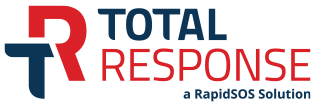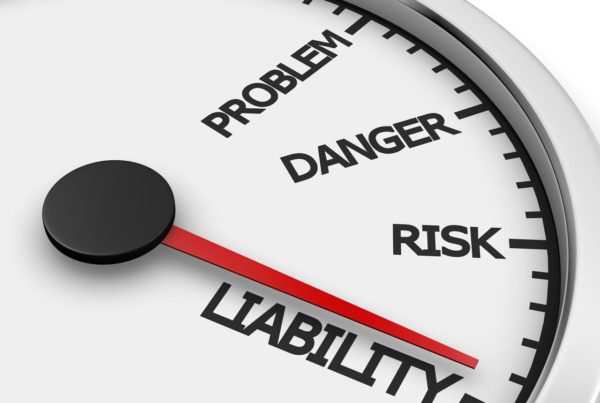Pushing Past Resistance
While the benefits of Total Response are abundant, there can be an innate resistance to change, especially from those who have many years of experience in their position and may feel as if they don’t need dispatch decision guidance and support.
In this White Paper Series, we walk through ways a 911 call center can ensure successful adoption of Total Response with the guidance of our Implementation Managers—all of whom have years of experience in public safety as 911 call takers, center supervisors, and on-scene responders. Implementation Managers (IMs) love to win over call takers who might be resistant to change, by showing how their jobs will be easier and their process more efficient through harnessing the power of Total Response.
Maximize the Value Total Response
Part of a successful launch and adoption is helping call center administrators and telecommunicators understand the efficiency of the many functions of Total Response. For administrators, the use of Total Response helps ensure a PSAP meets all mandated standards, and that it documents internal protocols and procedures, along with trainings, and certifications, and helps to protect against civil litigation.
For the call taker, the guided flexibility of Total Response, and the integration of police, fire, and EMS into a single platform, puts all resources at their fingertips. Integration with CAD systems frees users from having to re-enter data and provides immediate situational awareness to on-scene responders. Built into our latest software version is the capability to connect with lifesaving applications that help telecommunicators locate callers or nearby resources, like AEDs.
Based on the 2023 NENA and Carbyne State of the Industry Survey, ”a substantial number of respondents felt ill-prepared to manage not only highly critical situations – such as active shooter scenarios, where approximately 38% felt underprepared, or bias-related events, which 18% were uncomfortable managing – but also regular, day-to-day incidents.”
A successful adoption of Total Response sets call takers up for success by building their confidence in using a clear, easy-to-use interface. Strong onboarding and training resources foster a less stressful environment, which helps increase retention and combats turnover. Join us as we walk through the very first steps of implementation and adoption.
Kick-off and Installation
More than just a formality, the kick-off call sets expectations for the project and puts the agency and PowerPhone on a path to success. During this phase, the assigned PowerPhone IM identifies who will be responsible for completing various tasks on the project and reviews deliverables and timelines. This phase includes a formal kick-off call to outline everything for all parties who will be involved in the project, using GuideCX, a client onboarding software that provides a clear and transparent process for all parties participating in the project.
Prep with the Tech Team
Included in this process is verification of the staff obtaining training and details of the hardware and software set up of the agency to help prepare for installation.
After your Implementation Manager works with your IT team to complete the Technical Survey to help better understand how your agency is set up, a time will be scheduled for installation of Total Response. Our highly trained Support & Deployment Team will work remotely with your site director and IT specialist to get information on your existing server infrastructure, including your CAD system.
Installation and Configuration
The PowerPhone team works with your IT specialist to install our Total Response software on your application server, and on workstations. For quality control, we configure test runs to ensure that across a range of calls, the application is seamlessly integrating with your CAD and related systems.
The installation of Total Response is led by a highly trained PowerPhone Technician who can assess all aspects of deploying our software in your environment. Your PowerPhone technician will complete all installation tasks and update you on progress as we assemble the components of the call handling solution your personnel will be using.
After the Total Response software is up and running on your test platform, with CAD integration, it’s time for one of our Implementation Managers to meet with your call center’s leadership team, including the site director, or administrator, and the frontline supervisors working with call takers.
This is both a training session and working session, where our Implementation Manager customizes the software to meet your specific needs—while showing you how to do it yourself (and inviting you to always call when you have a question or want guidance on making additional customizations). Software settings will be reviewed. Users will set up and adjust protocols if necessary.
PowerPhone has a long history of creating and customizing protocols. In fact, we created the very first police and fire protocols and pre-arrival instructions. While a DOT/NHTSA initiative created EMD protocols, emergency call handling protocols for police and fire dispatch simply did not exist until PowerPhone created them. The flexibility of Total Response, plus our Script Manager module, means we can help craft your protocols to meet your own custom needs.
In the next part of this series, we will walk through Integration, Education and Go Live.
Stay tuned for more!
Want to see Total Response in action? We can walk you through a quick virtual demonstration and talk about the needs of your agency. Let’s talk.









